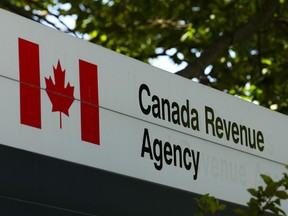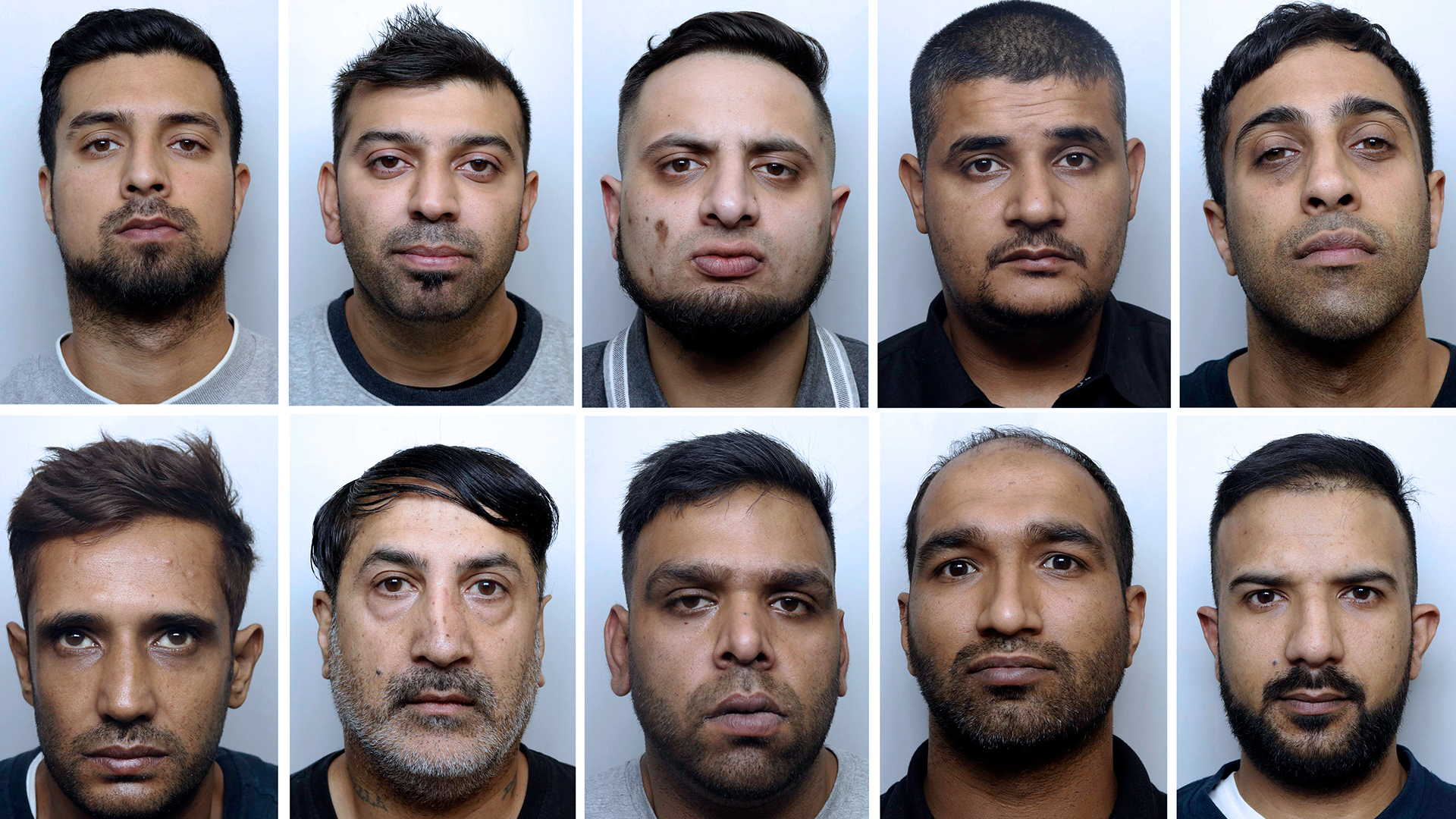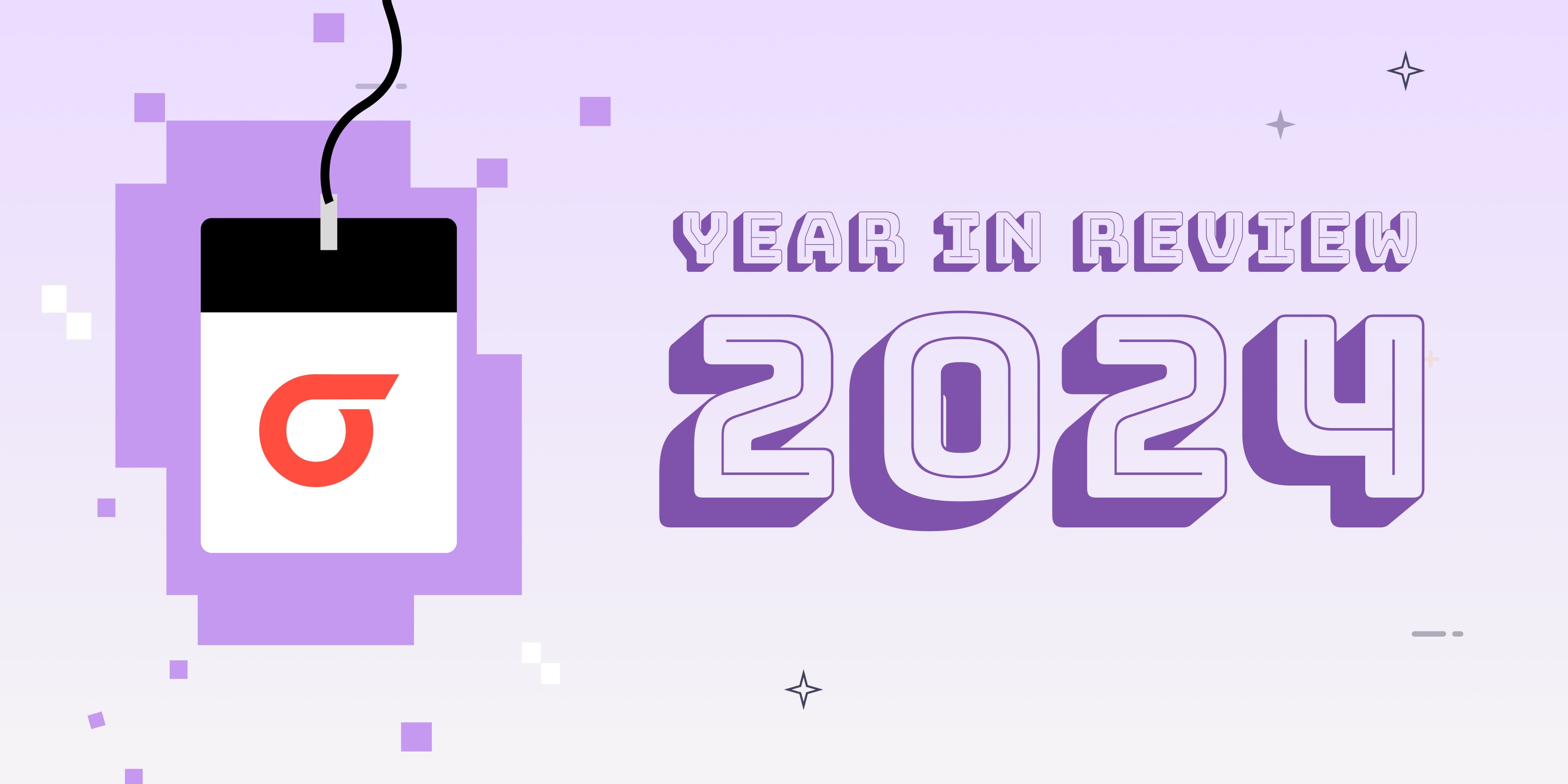Pretty cool, right? But these advanced hearing aids are not cheap. They’re essentially driven by “mini computers,” and there are costs associated with customization, distribution and professional services, says Glista.
At Hotel Dieu Shaver, the independent Niagara Region clinic where I went, non-AI hearing aids range from $3,551 (Phonak L50-R model) to $5,561 (Phonak L90-R model) after the $1,000 Ontario discount has been applied. In contrast, prices for Starkey AI hearing aids range from around $5,000 for the mid-level model (Genesis AI 16) to $7,000 for the highest tech level (Genesis AI 24), again with the $1,000 Ontario discount applied.
Yet another high-cost contributor is that, unlike over-the-counter aids that you purchase directly from the manufacturer, today’s digital hearing aids provided through an audiologist are often tweaked through a computer.
Using hearing-aid fitting software, an audiologist can select, program and fine-tune the hearing aids. “This includes programming related to sound level and frequency-specific adjustments, based on the person’s hearing loss,” says Glista. “Programming customization also includes other measurements such as real-ear measures to capture how large the person’s ear canal is and ensure that the hearing aids deliver the correct amount of amplification at the eardrum.”
When you visit a hearing clinic, ask for a detailed breakdown of costs associated with different treatment options, payment options including insurance and government assistance, and follow-up and support services offered. Some hearing health-care providers bundle follow-up maintenance of the hearing aids into their pricing, says Glista. They may also spend time helping patients to develop a listening strategy they can use at work, at home and while participating in hobbies.
How much does a hearing test cost?
Before you get a pair of hearing aids, you’ll want to get your hearing tested at a clinic, which is also where you’ll buy and be fitted for your hearing aids. Some hearing clinics offer hearing tests for free, while others charge about $100.
Do insurance and government benefits cover hearing aids?
Financial support for hearing aids may be available in your province or territory, as part of a broader program for assistive devices and disability supports. For instance, Ontario’s Assistive Devices Program (ADP) pays up to $500 per ear toward the purchase of new hearing aids, for approved applications. (You’ll have to pay for the hearing assessment or find a free one, though—the ADP doesn’t cover that cost.) To qualify, you must be an Ontario resident, have a valid health card, and need the hearing aids for at least six months. Income isn’t a consideration for the ADP.
So, if you’re an Ontario resident and you buy a $5,000 pair of hearing aids, the audiologist will deduct the $1,000 paid for by the ADP, bringing your cost to $4,000. (There’s no sales tax on hearing aids.) If you’re in a 20% marginal income tax bracket, after claiming the balance you paid as a medical expense at tax time, your end cost is reduced to $3,200. Note, however, that for the 2024 tax year, you can only claim eligible medical expenses minus 3% of your net income or $2,759 (whichever is less)—so, some or all of your medical expenses save no tax. (Learn more about claiming medical expenses.)





















Discussion about this post